At the end of July, I left the crystal-clear waters of the Red Sea and the astonishing coral reefs and headed back to the UK. After landing in London I decided to explore the capital before starting my next exciting and challenging training that was waiting for me during the first days of August!
GUE fundamentals training with John Kendall
London was just overwhelmingly overwhelming! I come from a big city, Barcelona; but oh boy, London is big… too big! After a couple of days of wandering around and starting to feel that the metropolis was taking over me I decided to grab a tent and a sleeping bag, take a train to the deep country-side of the UK and call home a farm next to Vobster Quay for the next week.
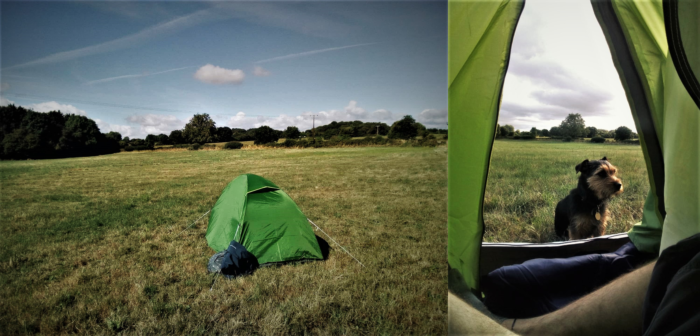
Vobster Quay is an inland diving facility located in the Somerset county. There I was going to meet with John Kendall, a Global Underwater Explorers (GUE) technical and cave instructor. John offered me the amazing opportunity to take with him a GUE fundamentals course. This course is aimed to train divers with the essential skills so that by the end of the training they acquire a solid “platform” from where to develop more advanced skills, like for technical diving or cave diving.
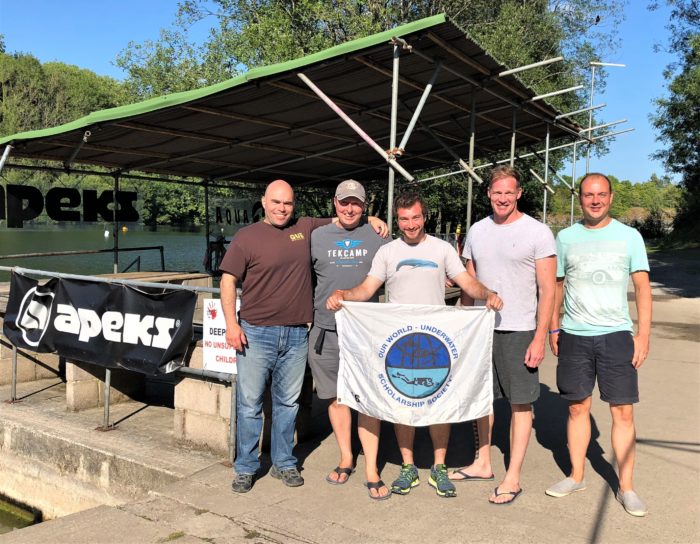
I met with John one day before the starting of the course to get introduced to the fascinating technique of photogrammetry. This technique consists of taking lots of pictures from different angles of a subject that partly overlap each other. After, through computer processing and positioning algorithms that determine where the pictures were taken, one can create 3D models of a subject.
This brings the possibility to give people the opportunity to visualize in a more interactive way things that they haven’t seen before. This technique can be used in many fields, from marine biology to underwater archaeology. I was particularly interested in seeing the applications of this tool in benthic ecology (or the studies of seafloor communities), which I am highly interested in.
I’ve always thought that it would be very cool to generate 3D models of hard bottom encrusting life in the vertical walls of deep fjords in Norway to study the three-dimensional structures and distribution of these poorly-studied communities. John for example, is also using photogrammetry to create 3D models of caves that he explores and maps. So, I was ready to get hands on with it!
John first explained to me the basics of this technique and before anything, we did a dry drill on land where I had to generate a model of a bench. After 56 shots, going through the basics of the software AgiSoft and quite some waiting for my small computer to get through all the intensive processing, the model worked quite well!! Thaarááá! A 3D bench!
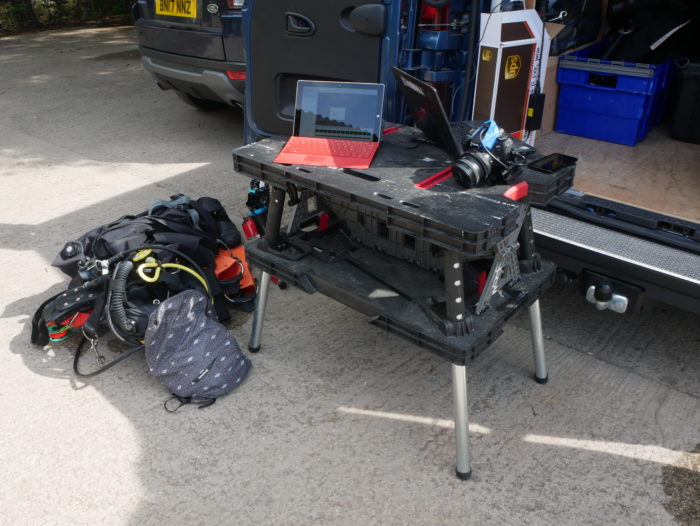
I was so surprised that it was that simple! John told me that the most critical thing to get a good model is to get enough overlap between the pictures, get sharp edges of the subject and to take enough pictures to be able to generate the model. Also, it is very important to get a measuring reference in the pictures, so that afterwards measurements can be made in the model itself. This was easy on land, but what about underwater?
John and me went for a fun dive to explore the artificial wrecks of Vobster Quay. After passing by an airplane fuselage, we stopped next to a submerged car and John encouraged me to try make a model of it. Easier said than done.
Underwater, I started struggling to keep track of the areas that I already covered of the car and also it was getting tricky to keep control of the buoyancy while taking a sweep of it. Here I started to think that the GUE fundamentals was going to come handy! So, after reviewing my pictures and uploading them into AgiSoft, the program showed there were not enough points of overlap to create a good model. John, however, succeeded and created an awesome model of the car!
Starting the challenge!
After the basics in photogrammetry, and with the awesome taste of it, we immersed ourselves with the fundies training. The next day I met with the other participants of the course: Mark and Alastair. We first started by setting up the equipment that we were going to use. John lent me a twinset with a long-hose configuration and a canister light.
By using this set-up I was opting to get a GUE-Tech pass which allows to go to the next step in the GUE system. It was the first time that I was using such a configuration and I was a bit worried that it was going to be quite hard to dive with such heavy equipment. José, an intern that was helping John teaching the course, helped me adjusting all the bits and pieces so that everything fit perfectly! We were now ready to hit the water!
The first sessions underwater were quite frustrating. I was not finding the correct trim and it was difficult to carry out the finning techniques in a correct way. But after some adjustments and invaluable advice from John and José, things improved pretty fast. On land, we went through all the skills. First, we practiced the S drills. This consists on donating your regulator to a person who is running out of air and be able to navigate or ascend while both breathing from the donator’s tanks.
This skill had multiple steps. The reason is that with a long hose configuration set-up and with the canister light cable, things can get entangled very easily when exchanging the regs. John taught us how to deal with these issues by carefully making us memorize the sequences of the skills. We also practiced the valve drills, which consist of being able to close and open the valves of your two tanks and also managing the isolating valve.
The tricky part underwater was to perform these skills while maintaining a perfect trim and a buoyancy variation range of centimetres, all this keeping a triangular team formation. In the beginning things went pretty slow and we were quite unstable, but with practice, by the end of the course, everyone improved exponentially!
I soon realized that this extremely demanding training was really teaching us how to control our body and breathing in the water and it certainly took my diving skills to the next level, leaving me with a much more comfortable feeling of having total control over where I wanted to be in the water column at all times.
Also, the course made me realize how valuable is to have cooperative diving buddies that you can rely on for solving problems underwater. Teamwork was a constant during the training and we were supporting each other in many ways during the skills underwater, from giving each other visual support and keeping eye-contact to help our trim, to keeping a good arm distance between us to help maintaining a more stable group formation.
This was definitely one of the most useful dive courses I’ve ever had as it has really pushed me outside of my diving comfort zone and I believe it is only then when you start learning new things and really start polishing your diving skills.
I want to give a massive thank you to John and José from GUE for their invaluable teaching of this course and to my two fantastic dive buddies for having gone through it together!
Documentation techniques for Scientific Divers course in Sweden
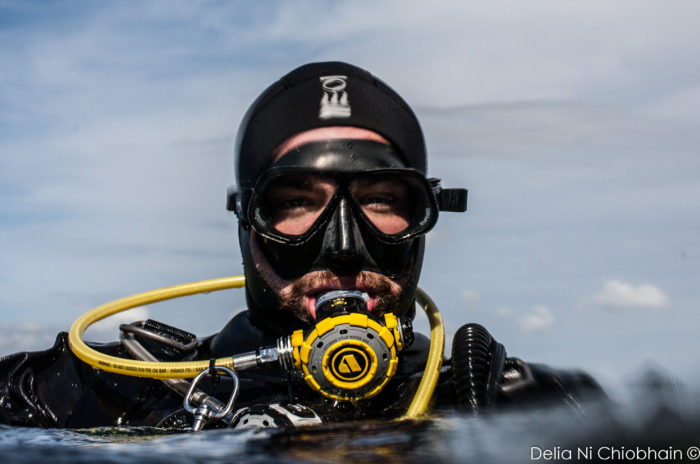
After the GUE fundamentals course in the UK, I travelled to Sweden! Among the skerries and small fjords of the south-western coast of the country, the Sven Lovén Centre for Marine Infrastructure, in Kristineberg, was going to be my home for the next 2 weeks, where the course in Documentation Techniques for Scientific Divers 2018 was going to take place.
This course, offered by the University of Gothenburg, was designed to expose early research scientists to a wide variety of methods used in underwater research to document and communicate their scientific studies. Upon our arrival, the organizers of the course, Maria Asplund and Eduardo Infantes, welcomed us and introduced us to the exciting course planned and familiarised ourselves with the Swedish protocols for scientific diving.
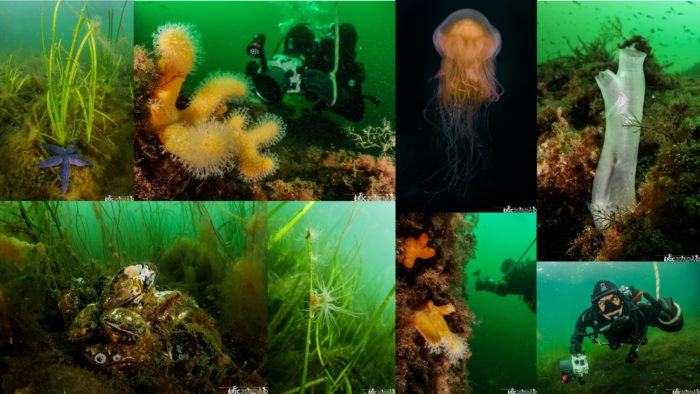
During the first 3 days, the Swedish photographer Anders Salesjö went with us through the basic skills in photography while practicing the techniques for macrophotography, wide angle and fish portraits underwater. Soon I realized how important it is to be able to take accurate pictures of organisms and animals to allow for taxonomic identification.
Having to change the settings of my camera while at the same time taking care of a body line and a surface marking buoy (two requisites to do scientific diving in Sweden) plus having to deploy other measuring instruments, really made me appreciate the knowledge I gained in the GUE training. Now my buoyancy has become something natural that I don’t have to pay much attention to.

Among other techniques, we learned stacking photography which consists of taking many pictures while moving the camera small intervals of the order of a millimetre towards small subjects to get rid of the small depth of field and obtain focused objects by blending all the pictures taken. The photogrammetry and 3D modelling were some of my favourite lectures.
We went to a vertical wall with the mission to generate a 3D model out of it. After taking around 2.000 pictures over 5 meters of a transect line, against all expectations and after hours of computer processing, the model turned out quite good! I was so excited about it that in another dive I tried to generate a model of a crab that was lying in a crack in one wall. I was now definitely seeing that this was an awesome tool to apply to future studies in benthic ecology!
Finally, we got to try and learn different mapping techniques. Eduardo introduced us to aerial mapping with drones, which he is using as part of his project to monitor the changes in coastal seagrass meadows along the Swedish coast.
Combining the georeferenced photos from the air, together with data from transects using the epibenthic sledge equipped with cameras and underwater tablets with GPS positioning, we created some maps of the local seagrass meadows around the research station. It was very interesting to see how combining different technologies and techniques one can get quite accurate maps that may contribute, for example, to better coastal management.
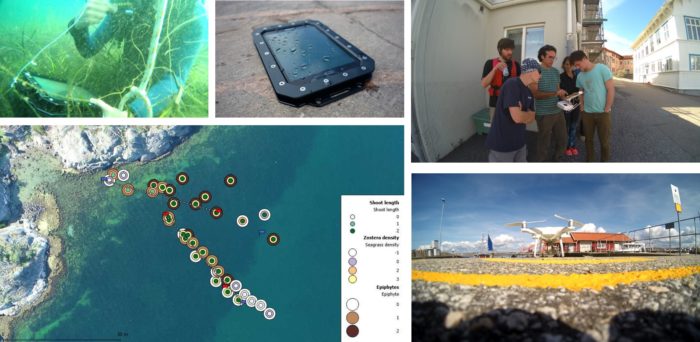
By the end of the course, we had to create a short outreach video project, which made us think about how to transmit scientific information to the general public and also consider the different target audiences to make the communication effective.
During the course I had the pleasure to meet the 2006 European ROLEX scholar, Delia Ni Chiobhain Enqvist, with whom I buddied up for most of the activities and diving sessions. Delia is an underwater archaeologist and it was very interesting to learn from her about another approach to diving that was not the biological one. We shared lots of funny moments during the intense working days!
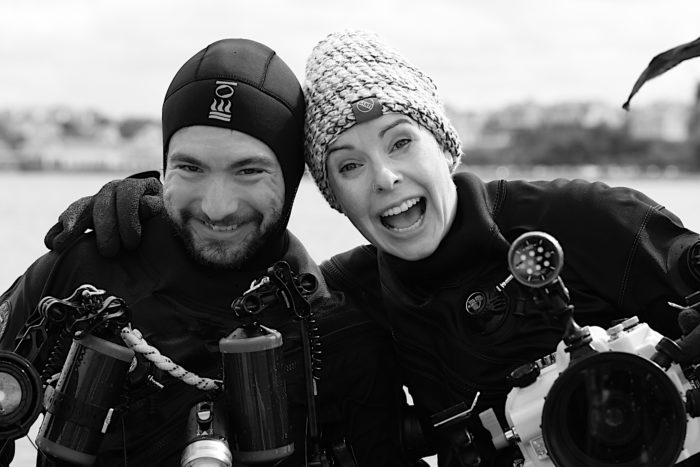
This was an extremely useful training for me as I plan to focus my future career towards scientific research, and I believe that knowing how to effectively communicate and document your studies are vital skills to have.
Next, I am heading to South East Asia, to Indonesia, where will be joining a photography workshop with the prestigious underwater photographer Saeed Rashid. Make sure to read the next post to know more about the amazing things that the tropical waters of that part of the world are hiding!
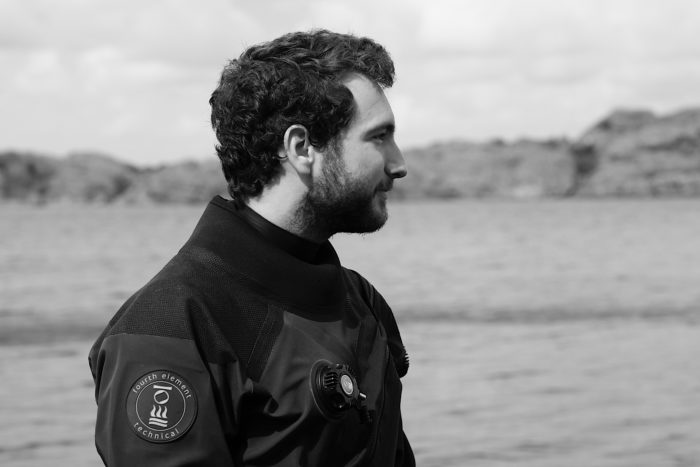
A massive thank you to GUE (Global Underwater Explorers) and to the Sven Lovén Centre for Marine Infrastructure for these two awesome experiences and also to the amazing sponsors, specially to Reef Photo and Video, Nauticam, Light and Motion and Paralenz, as well as to Fourth Element, APEKS, DAN, ROLEX and the Our World-Underwater Scholarship Society.